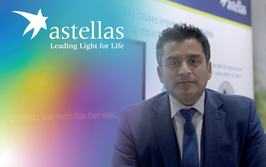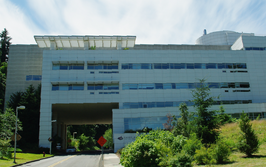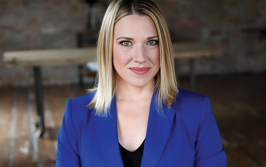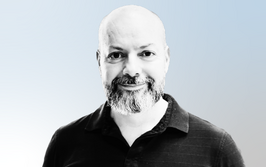Pearse Keane
The Power List 2018
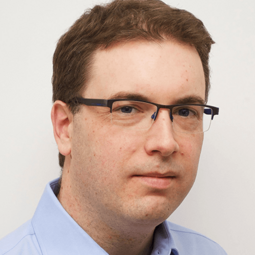
Pearse Keane
Consultant Ophthalmologist, Moorfields Eye Hospital, London; NIHR Clinician Scientist at Institute of Ophthalmology, University College London, UK
Pearse is a retinal specialist at Moorfields Eye Hospital and a researcher at the University College London Institute of Ophthalmology. He specializes in the diagnosis and treatment of AMD and other complex macular diseases, and his research is focused on the application of new technologies to ophthalmology – from AI, to virtual reality, to advanced imaging. In 2016, Pearse was responsible for initiating the collaboration between Moorfields and Google DeepMind, with the aim of applying machine learning to OCT image analysis and in 2015, he was awarded a “Clinician Scientist” award from the National Institute of Health Research (NIHR) – the first ophthalmologist in the UK to receive such an honor. He predicts that the combination of AI with comprehensive, automated eye examination using binocular OCT will reinvent the eye examination for the 21st Century.
What drives you day-to-day?
“Being a clinical academic is my dream job! Firstly, because it gives me the freedom to generate my own ideas and set my own goals. Secondly, because I love working with my research group to explore these. Finally, because I love the final process of writing about my research and sharing it with the world.”
Goals for the next 10 years?
“I believe that healthcare will be transformed in the next 10 years by the introduction of AI, in particular deep learning. I would like ophthalmology to be the medical specialty leading the way in this regard (and I would like my institution, Moorfields Eye Hospital, to be playing a key role in this).”
What’s the future of imaging?
“In the short term, I believe that AI will greatly increase our knowledge of ophthalmic disease using imaging techniques that are already widely available. In the longer term, I think there will be much closer integration between imaging data and omics data – “AI-assisted science” will be required to facilitate this.”
On a Quest to Find the Holy Grail of Imaging
